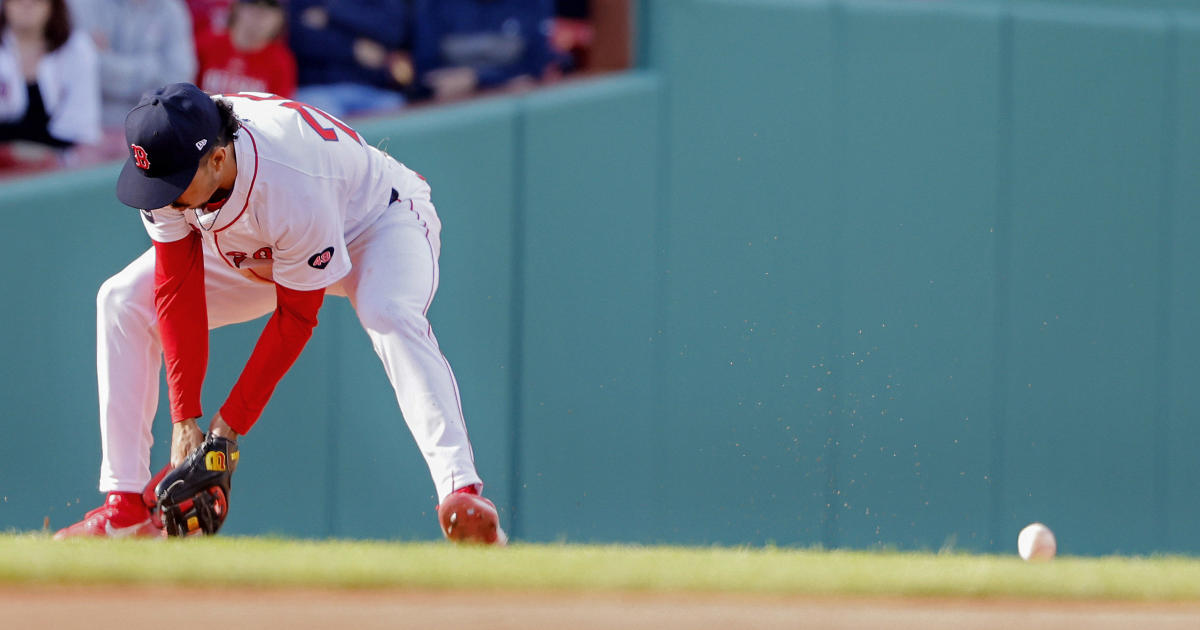Food Safety Guide For An Extended Power Outage
After a several hours without power, some of the foods in your refrigerator and freezer can start to spoil.
While the power is out, keep the refrigerator and freezer doors closed as much as possible to keep food cold for longer.
If the power is out for longer than 2 hours, follow the guidelines below from the US Department of Agriculture and the Center for Disease Control:
- Keep the refrigerator and freezer doors closed as much as possible to maintain the cold temperature. For the Freezer section: A freezer that is half full will hold food safely for up to 24 hours. A full freezer will hold food safely for 48 hours. Do not open the freezer door if you can avoid it.
- The refrigerator will keep food safely cold for about 4 hours if it is unopened. For the Refrigerated section: Pack milk, other dairy products, meat, fish, eggs, gravy, and spoilable leftovers into a cooler surrounded by ice. Inexpensive Styrofoam coolers are fine for this purpose.
- Use a food thermometer to check the temperature of your food right before you cook or eat it. Throw away any food that has a temperature of more than 40 degrees Fahrenheit.
- Do NOT put the food from the refrigerator and freezer out in the snow. Frozen food can thaw if it is exposed to the sun's rays even when the temperature is very cold. Refrigerated food may become too warm and foodborne bacteria could grow. The outside temperature could vary hour by hour and the temperature outside will not protect refrigerated and frozen food. Additionally, perishable items could be exposed to unsanitary conditions or to animals. Animals may harbor bacteria or disease; never consume food that has come in contact with an animal. Rather than putting the food outside, consider taking advantage of the cold temperatures by making ice. Fill buckets, empty milk cartons or cans with water and leave them outside to freeze. Then put the homemade ice in your refrigerator, freezer, or coolers
- Thawing or Thawed Food: If the food in the freezer has started to thaw or has thawed when the power comes back on., you will have to evaluate each item separately. Never taste food to determine its safety! If an appliance thermometer was kept in the freezer, read the temperature when the power comes back on. If the appliance thermometer stored in the freezer reads 40 °F or below, the food is safe and may be refrozen. If a thermometer has not been kept in the freezer, check each package of food to determine the safety. Remember you can't rely on appearance or odor. If the food still contains ice crystals or is 40 °F or below, it is safe to refreeze. Refrigerated food should be safe as long as power is out no more than 4 hours. Keep the door closed as much as possible. Discard any perishable food (such as meat, poultry, fish, eggs, and leftovers) that have been above 40 °F for 2 hours.
- Refreezing Food: If food thawed or partially thawed, the food may be safely refrozen if the food still contains ice crystals or is at 40 °F or below. You will have to evaluate each item separately. Be sure to discard any items in either the freezer or the refrigerator that have come into contact with raw meat juices. Partial thawing and refreezing may reduce the quality of some food, but the food will remain safe to eat. See the attached charts for specific recommendations.
| REFRIGERATOR FOODS |
| When to Save and When to Throw It Out | |
| FOOD | Held above 40 °F for over 2 hours |
| MEAT, POULTRY, SEAFOOD Raw or leftover cooked meat, poultry, fish, or seafood; soy meat substitutes |
Discard |
| Thawing meat or poultry |
Discard |
| Meat, tuna, shrimp,chicken, or egg salad |
Discard |
| Gravy, stuffing, broth |
Discard |
| Lunchmeats, hot dogs, bacon, sausage, dried beef |
Discard |
| Pizza – with any topping |
Discard |
| Canned hams labeled "Keep Refrigerated" |
Discard |
| Canned meats and fish, opened |
Discard |
| CHEESE Soft Cheeses: blue/bleu, Roquefort, Brie, Camembert, cottage, cream, Edam, Monterey Jack, ricotta, mozzarella, Muenster, Neufchatel, queso blanco, queso fresco |
Discard |
| Hard Cheeses: Cheddar, Colby, Swiss, Parmesan, provolone, Romano |
Safe |
| Processed Cheeses |
Safe |
| Shredded Cheeses |
Discard |
| Low-fat Cheeses |
Discard |
| Grated Parmesan, Romano, or combination (in can or jar) |
Safe |
| DAIRY Milk, cream, sour cream, buttermilk, evaporated milk, yogurt, eggnog, soy milk |
Discard |
| Butter, margarine |
Safe |
| Baby formula, opened |
Discard |
| EGGS Fresh eggs, hard-cooked in shell, egg dishes, egg products |
Discard |
| Custards and puddings |
Discard |
| CASSEROLES, SOUPS, STEWS |
Discard |
| FRUITS Fresh fruits, cut |
Discard |
| Fruit juices, opened |
Safe |
| Canned fruits, opened |
Safe |
| Fresh fruits, coconut, raisins, dried fruits, candied fruits, dates |
Safe |
| SAUCES, SPREADS, JAMS Opened mayonnaise, tartar sauce, horseradish |
Discard if above 50 °F for over 8 hrs. |
| Peanut butter |
Safe |
| Jelly, relish, taco sauce, mustard, catsup, olives, pickles |
Safe |
| Worcestershire, soy, barbecue, Hoisin sauces |
Safe |
| Fish sauces (oyster sauce) |
Discard |
| Opened vinegar-based dressings |
Safe |
| Opened creamy-based dressings |
Discard |
| Spaghetti sauce, opened jar |
Discard |
| BREAD, CAKES, COOKIES,PASTA, GRAINS Bread, rolls, cakes, muffins, quick breads, tortillas |
Safe |
| Refrigerator biscuits,rolls, cookie dough |
Discard |
| Cooked pasta, rice, potatoes |
Discard |
| Pasta salads with mayonnaise or vinaigrette |
Discard |
| Fresh pasta |
Discard |
| Cheesecake |
Discard |
| Breakfast foods –waffles, pancakes, bagels |
Safe |
| PIES, PASTRY Pastries, cream filled |
Discard |
| Pies – custard,cheese filled, or chiffon; quiche |
Discard |
| Pies, fruit |
Safe |
| VEGETABLES Fresh mushrooms, herbs, spices |
Safe |
| Greens, pre-cut, pre-washed, packaged |
Discard |
| Vegetables, raw |
Safe |
| Vegetables, cooked; tofu |
Discard |
| Vegetable juice, opened |
Discard |
| Baked potatoes |
Discard |
| Commercial garlic in oil |
Discard |
| Potato Salad |
Discard |
| FREEZER FOODS |
| When to Save and When To Throw It Out | ||
| FOOD | Still contains ice crystals and feels as cold as if refrigerated | Thawed. Held above 40 °F for over 2 hours |
| MEAT, POULTRY, SEAFOOD Beef, veal, lamb, pork, and ground meats |
Refreeze |
Discard |
| Poultry and ground poultry |
Refreeze |
Discard |
| Variety meats (liver, kidney, heart, chitterlings) |
Refreeze |
Discard |
| Casseroles, stews, soups |
Refreeze |
Discard |
| Fish, shellfish, breaded seafood products |
Refreeze. However, there will be some texture and flavor loss. |
Discard |
| DAIRY Milk |
Refreeze. May lose some texture. |
Discard |
| Eggs (out of shell) and egg products |
Refreeze |
Discard |
| Ice cream, frozen yogurt |
Discard |
Discard |
| Cheese (soft and semi-soft) |
Refreeze. May lose some texture. |
Discard |
| Hard cheeses |
Refreeze |
Refreeze |
| Shredded cheeses |
Refreeze |
Discard |
| Casseroles containing milk, cream, eggs, soft cheeses |
Refreeze |
Discard |
| Cheesecake |
Refreeze |
Discard |
| FRUITS Juices |
Refreeze |
Refreeze. Discard if mold, yeasty smell, or sliminess develops. |
| Home or commercially packaged |
Refreeze. Will change texture and flavor. |
Refreeze. Discard if mold, yeasty smell, or sliminess develops. |
| VEGETABLES Juices |
Refreeze |
Discard after held above 40 °F for 6 hours. |
| Home or commercially packaged or blanched |
Refreeze. May suffer texture and flavor loss. |
Discard after held above 40 °F for 6 hours. |
| BREADS, PASTRIES Breads, rolls, muffins, cakes (without custard fillings) |
Refreeze |
Refreeze |
| Cakes, pies, pastries with custard or cheese filling |
Refreeze |
Discard |
| Pie crusts, commercial and homemade bread dough |
Refreeze. Some quality loss may occur. |
Refreeze. Quality loss is considerable. |
| OTHER Casseroles – pasta, rice based |
Refreeze |
Discard |
| Flour, cornmeal, nuts |
Refreeze |
Refreeze |
| Breakfast items –waffles, pancakes, bagels |
Refreeze |
Refreeze |
| Frozen meal, entree, specialty items (pizza, sausage and biscuit, meat pie,convenience foods) |
Refreeze |
Discard |
One more note: Some insurance companies will cover the cost to replace your food (which could be in the hundreds or thousands of dollar range) at little or no deductible. You may want to check with your insurance provider before throwing anything away.
The following resources provide additional information on preparing for emergencies and determining if your food is safe after a power outage:
- Food Safety After a Power Outage, American Red Cross - Provides tips on safely storing your food and a chart to help you determine if your food is still safe.
- Keeping Food Safe in an Emergency, United States Department of Agriculture - Fact sheet and FAQs on food and water safety including guidance on when to discard perishable foods.
- Being Prepared, American Red Cross - Comprehensive site on preparing for emergencies including power outages.
- Food Safety Office, CDC - Comprehensive food safety information.



